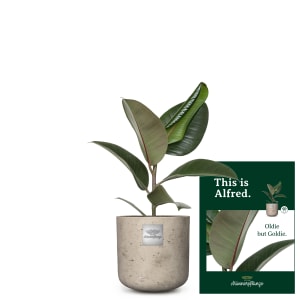Our succulent plants introduce themselves.
The days of practical and functionally furnished men's apartments are finally over. Here comes the selection of our succulent plants.
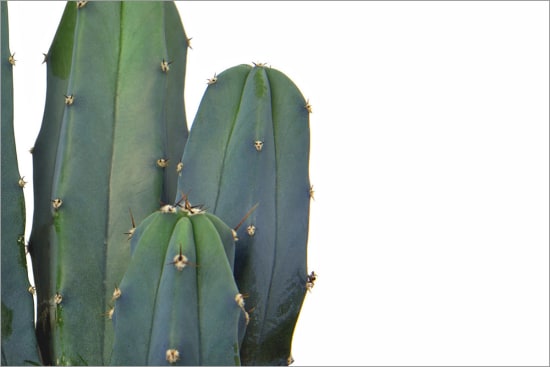
The care of succulents is not difficult, even for beginners. They are easy-care indoor plants, which also forgive some mistakes.
Tip: it is better to water the plants less than too much.

These are the babies Freddy, William & Bill (plant set)
«Baby Freddy. Small but mighty.»
«Baby William. Everybody's darling.»
«Baby Bill. Money, money, money.»
Pot Ø: 8,5cm
Height: approx. 10-25cm
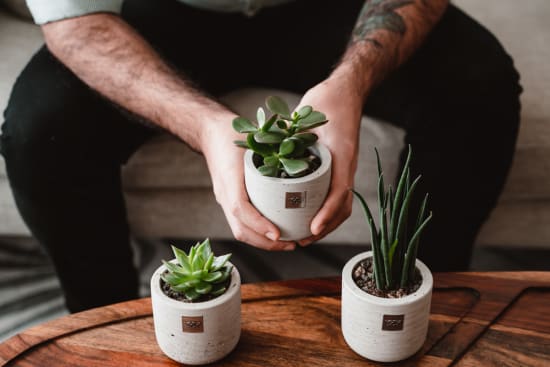
Looking for plant diversity in a small space? Then our set of baby plants for men is
ideal. The little offspring are in no way inferior to their big role models.
Accordingly, Baby Freddy is an Echeveria, baby William a Sansevieria Mikado
and baby Bill a Crassula ovata. The attractive set is offered with a matching
postcard and comes in a stylish tote bag for plants for men. The idea came about
because many customers wanted small plants for bookshelves, niches, office desks
and other places where there
is little space, but a lively little plant still looks good!
Discover baby plants for men.
Order a set of baby plants for men now
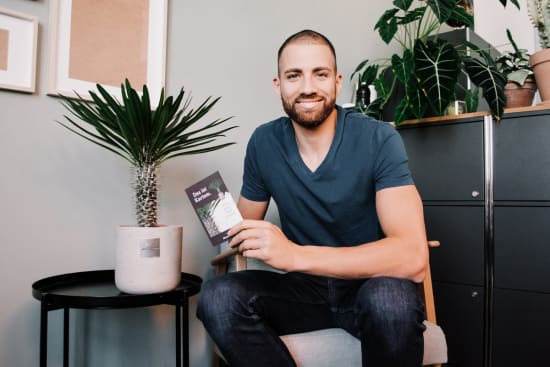
This is Kariem (Pachypodium lamerei)
Keep going. Keep growing.
Pot-Ø: 18cm
Height: approx. 50cm
Fancy a plant that - like our brand message Kariem Hussein - stands for courage,
concentration, and maturity? Then look at our Madagascar palm. It's not just a
feast for the eyes. Rather, in Feng Shui, it is assigned to the element of metal,
which symbolizes the mentioned qualities. In addition, this plant is said to repel
negative energy from the outside. And when you think of all the things we've been
worrying about lately, having someone to protect us can only be a good thing.
By the way, according to Feng Shui, the Madagascar palm belongs to the wealth zone,
which is logical
since the properties listed in the title can only lead to success. You laugh?
Try it out. Or better yet, give this cool gift to someone you like.
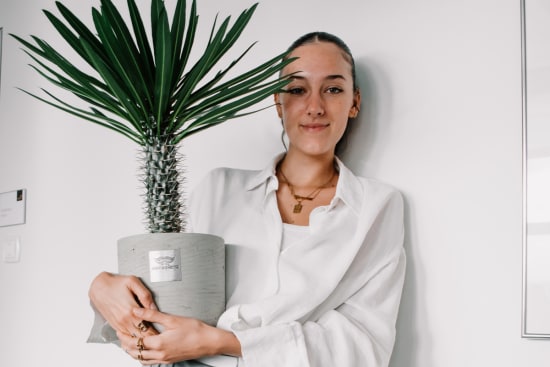
Madagascar palm is so undemanding that it is suitable as a plant even for beginners.
So, whether cool 16 °C or summery 30 °C - it takes it calmly. Even in terms of humidity, the plant has no special requirements. Water rather moderately, the root ball should dry a little before the next watering. Too much water or even waterlogging will cause the stem to rot. Especially in winter, caution is advised. Now infrequent watering is called for (every eight weeks should be enough).
Because of the reduced influence of light, the plant needs a break now. In the cold season, the Madagascar palm may well drop some leaves. But no panic. They will grow back.
By the way: «our» Madagascar palms are produced in the beautiful village of Yvorne in the canton of Vaud and are therefore «made in Switzerland».
Discover Kariem.
Order Kariem now.
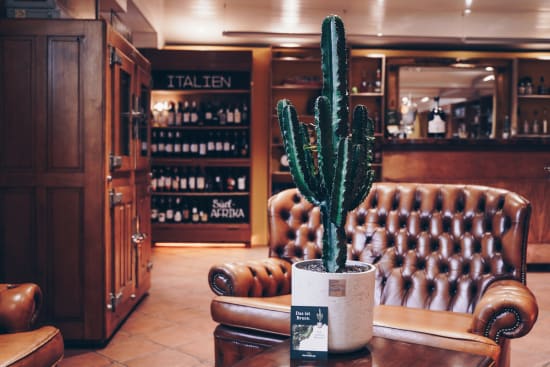
This is Bruce (Euphorbia)
Staying Power. What else?
Pot-Ø: 25cm
Height: approx. 85-100cm
If you like «Butch Cassidy» or John Wayne movies, «Bruce» is the ideal setting. This succulent plant seems to have come straight out of a Western.
It looks like a columnar cactus, but botanically it belongs to the euphorbia.
However, the care requirements are similar. Because «Bruce» loves a dry, hot climate, little water and a bright location, but is otherwise very easy to care for.
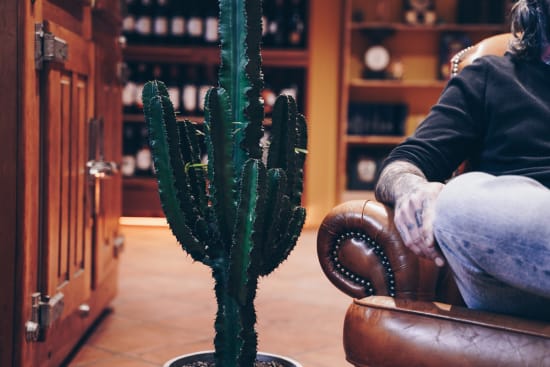
There is only little that needs to be taken into account: As he develops quite quickly into a handsome fellow, it is best to give him enough space right from the start.
Also spare him the blazing midday sun.
During the summer months, you can easily place him in a sunny to semi-shady place outdoors after a period of habituation,
but make sure that he does not get any rain (possibly keep him under a roof).
In autumn, the euphorbia must be moved to the inside in good time, where it ideally
hibernates in a room with a temperature of at least 15 °C, with plenty of daylight and little water.
If the columnar euphorbia becomes too high, it can be cut. But be careful:
the milky latex causes skin irritation, so gloves should be worn when working.
Discover Bruce.
Order Bruce now.

This is Max (Myrtillocactus)
Always there for you.
Pot-Ø: 12cm
Height: approx. 20-25cm
What adventurers love, Myrtillocactus «Max» also likes. In fact, its natural habitat extends from Guatemala to Mexico and includes Lower California.
Myrtillocactus was first described in 1897 by the Sicilian botanist Michelangelo Console, who was fascinated by the blue-green color of this cactus species.
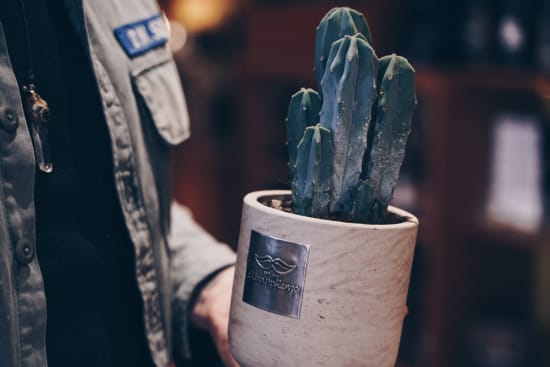
If you create ideal conditions for this buddy and it has grown a bit, it will produce green-white flowers and then blue berries, also called garambullos.
In their area of origin, Myrtillocactus help against soil erosion and provide food for wild animals.
Discover Max.
Order Max now.
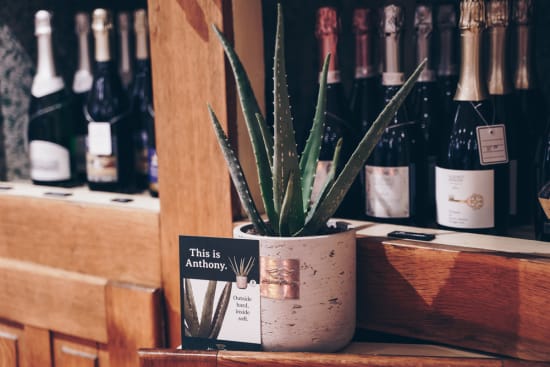
This is Anthony (Aloe vera)
Outside hard, inside soft.
Pot-Ø: 15cm
Height: approx. 35-45cm
Probably the Aloe vera has its origin on the Arabian Peninsula. No wonder that it needs little water. For us, however, it was a reason to include it in our small but fine men's plant assortment.
The juice that forms in the leaves is nothing more than a supply of water and nutrients on which the plant depends in regions where there is no rain for months.
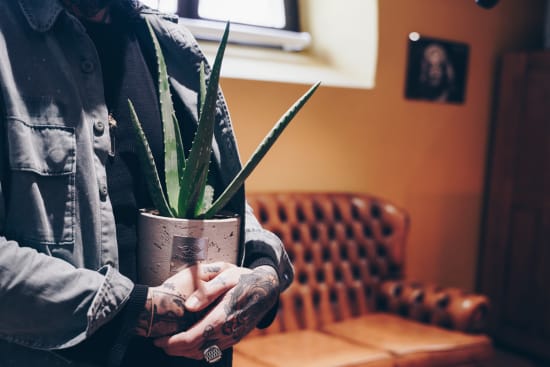
It is actually astonishing that plants thrive in the deserts of this world. After all, water shortages, extreme temperature fluctuations, sandstorms and even salt soils are a hostile environment.
In the meantime, Aloe vera is cultivated in subtropical as well as tropical regions. In the Mediterranean area, in India, on the West Indian Islands, the Canary Islands as well as in Mexico it is even considered naturalized.
Discover Anthony.
Order Anthony now.
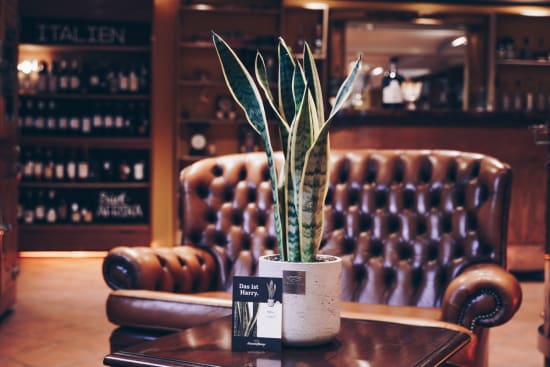
This is Harry (Sansevieria laurentii)
Who cares?
Pot-Ø: 18cm
Height: approx. 55-65cm
Sansevieria – planted in attractive containers – are among the current trend plants. They were already popular in 1950-1970. Then the interest waned.
But with the rise of the retro look, they are back again. Not just as a single plant, by the way.
Because with several Sansevieria pots next to each other you can also create a green privacy shield – e. g. at the workplace.
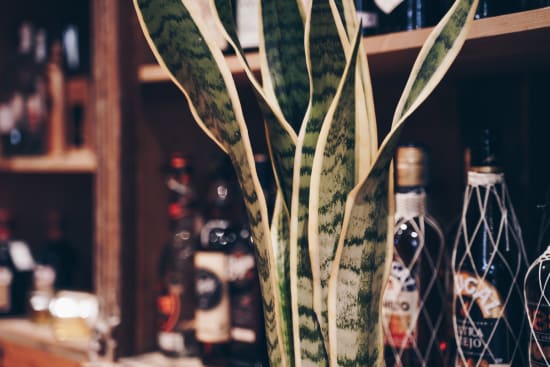
But Sansevieria are not only decorative. Because their hemp-like plant fibers proved to be so stable that they were cultivated as useful plants.
Today, these fibers are still used as a raw material for twines, cords or ropes, for mats, hats and clothing – and even for bowstrings.
This explains how it came to the trivial name «Bowstring Hemp». However, because
of its pointed leaves, the plant is also called «Mother-in-Law's Tongue».
Discover Harry.
Order Harry now.
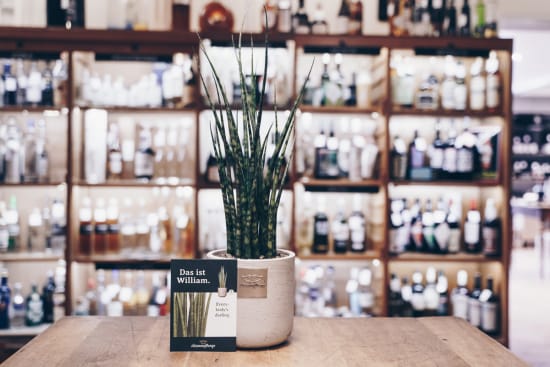
This is William (Sansevieria Mikado)
Everybody’s Darling.
Pot-Ø: 15cm
Height: approx. 50-55cm
In the world of British royalty, Harry and William are siblings. And in the world of plants for men they are siblings as well, for both are Sansevieria.
In contrast to Harry, however, the plant for men «William» is a Sansevieria cylindrica.
It owes its name to the competition of a large Dutch daily newspaper, which invited «creative readers» to submit name suggestions.
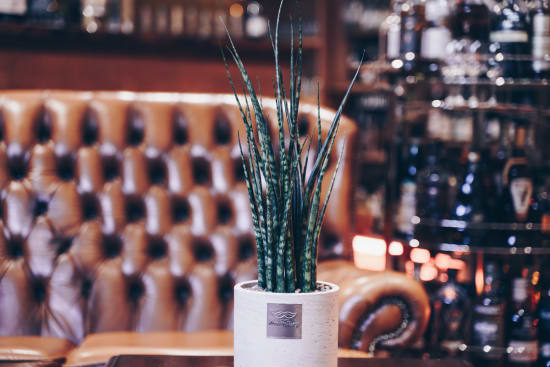
Well, they don't seem to have been that imaginative in view of the cylindrically shaped leaves. More original were other trivial names that also came up.
For example, cylindrical snake plant, African spear or - in Brazil - Saint Barbara sword.
The variety name «Mikado», on the other hand, goes back to the well-known pick-up sticks game, because the plant leaves are reminiscent of wooden sticks, which in turn are derived from East Asian oracle techniques.
Discover William.
Order William now.

This is Bill (Crassula ovata)
Money, money, money.
Pot-Ø: 18cm
Height: approx. 25-30cm
A Money Plant? It actually exists. Unfortunately, there are no banknotes growing on its branches. But the leaves look like small coins.
This has given the plant many positive trivial names.
We usually call it Money Plant (Crassula ovata), but in English it is also called Jade Plant, Lucky Plant or Friendship Tree.

It is also said that wealth and happiness never run out as long as a Money Plant thrives in the house. This is reason enough to take good care of this houseplant.
In addition, the Money Plant as a lucky charm is also a fantastic gift for guests or birthdays. Give it a try!
Discover Bill.
Order Bill now.

This is Jack (Echinocactus grusonii)
He likes to get to the point.
Pot-Ø: 12cm
Height: approx. 15-20cm
The Mother-in-law's cushion (Echinocactus grusonii) has always had countless fans.
It comes from the central highlands of Mexico and was discovered in 1890. Soon large specimens appeared in Europe.
They were called Golden barrel cactus, showed at exhibitions and triggered a real boom. The ever-increasing demand was covered by imports from Mexico, because the cultivation from seeds was mistakenly considered too lengthy.
Unfortunately, a large part of the natural remains was later destroyed by a dam project.

Conclusion: Experts estimate that the number of wild plants still present today is less than 250. This is why Echinocactus grusonii is considered extremely endangered and protected.
The specimens traded today – such as our plant for men Jack – come from horticultural propagation and are grown in warmer regions such as the Canary Islands or California.
Discover Jack.
Order Jack now.
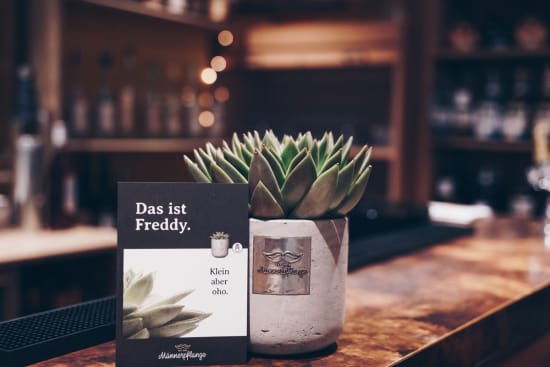
This is Freddy (Echeveria)
Small but mighty
Pot-Ø: 12cm
Height: approx. 10-15cm
Echeveria like our «Freddy» are so popular that they have been given many common names over time.
For example, they are called Mexican Rose, Mexican Snowball or Mexican Jewel because of their whitish green leaves. But they are also known as «Hen and Chicks».

Hen is the main or mother plant, while chicks are the many offsets, which start as tiny buds on the main plant, sprout their own roots and then settle near the mother plant.
In botany, the attractive Echeveria was named after the Mexican Atanasio Echeverría y Godoy, who worked as an illustrator for the Royal Botanical Expedition.
Discover Freddy.
Order Freddy now.
You want to know more about Bruce, Max and Co.? Here you will find many more facts and details about our plants for men:
www.maennerpflanze.ch
To the world of plants for men
Why Männerpflanzen?
A man discovers the house jungle.
Learn how assortment, attributes and names were created.
Top athlete meets survival artist
Find out here why we dedicated the elegant, trendy survival artist with the many names to our brand ambassador Kariem Hussein.
Reinforcement for our champions!
Three new plants for men enlarge the range of attractive easy-care plants since September. Get to know them now.
Our succulent plants introduce themselves.
The days of practical and functionally furnished men's apartments are finally over. Here comes the selection of our succulent plants.
Our foliage plants introduce themselves
Plants make a home much more homely. Here comes the selection of our trendy foliage plants.
Chillax?
Plants have a great influence on health and emotions, even when they are small.
Plants for men on tour
Do you want to know where we are with our plants for men right now?
Where do you get our plants for men?
You can order our plants for men both online and from many partner florists throughout Switzerland.
From television commercials
Our cheeky spots always make the TV viewers of the lifestyle show «Glanz und Gloria» smile. But look for yourself.
«Ask Marc»: Plants for men Q&A with Marco & Marc
Here you will learn many things that you always wanted to know. ;)







